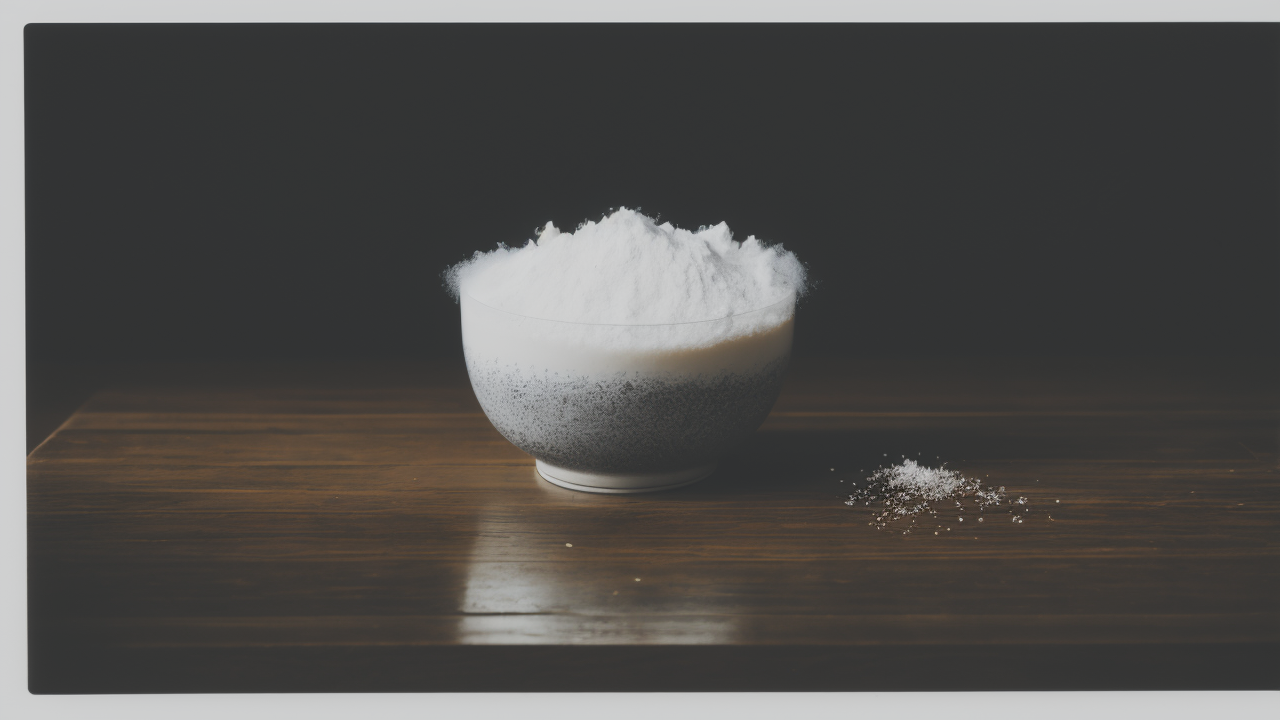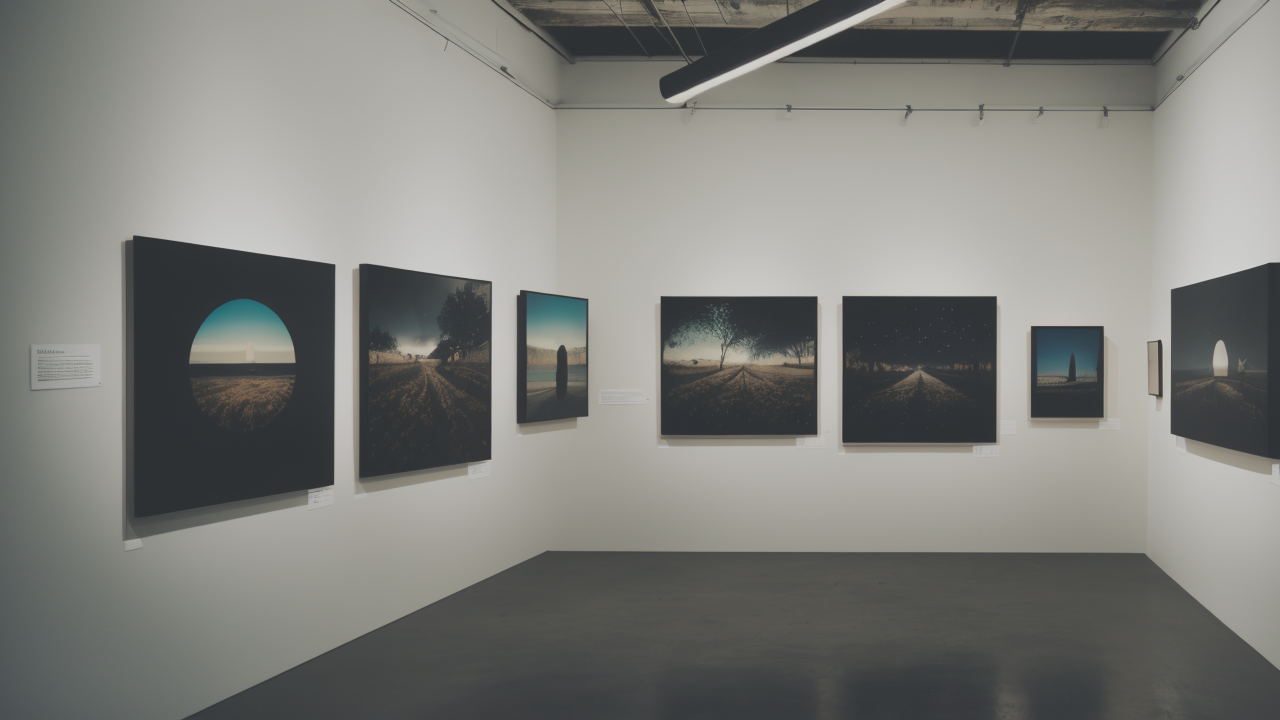
The Fusion of Minimalism and Color: Exploring Dabi Art in Modern Contemporary Spaces
The Philosophy of Wabi-Sabi in Modern Art
The Origins of Wabi-Sabi: A Brief History
Wabi-sabi is a Japanese concept that finds beauty in imperfection. It has roots in Zen Buddhism and emerged in the 15th century. The term combines two ideas: 'wabi' for simplicity and 'sabi' for the beauty of age.

In art, wabi-sabi values natural processes and materials. It embraces things that are imperfect, impermanent, and incomplete. This philosophy shaped Japanese art for centuries, including tea ceremonies and pottery.
Wabi-sabi entered Western art in the mid-20th century. Artists were drawn to its focus on simplicity and authenticity. It offered a fresh view in a world obsessed with perfection and newness.
Today, wabi-sabi influences various art forms globally. It encourages artists to celebrate flaws and the passage of time. This approach creates works that are both timeless and deeply human.
Wabi-Sabi in the Contemporary US Art Scene
The US art world has embraced wabi-sabi principles in recent years. Many artists explore its ideas of imperfection and transience. This shift reflects a growing desire for authenticity in art.
American wabi-sabi art often blends Eastern philosophy with Western techniques. Artists use natural materials and simple forms to create powerful works. They leave traces of their process visible, celebrating the act of creation.
Galleries across the US are featuring more wabi-sabi inspired exhibitions. These shows often combine traditional and contemporary approaches. They offer viewers a new way to experience art and reflect on life's impermanence.
Wabi-sabi has influenced various art forms in the US. It's seen in ceramics, painting, sculpture, and even digital art. This wide range shows how versatile and relevant the philosophy is today.
The Aesthetic Appeal of Wabi-Sabi Art
Wabi-sabi art attracts viewers with its unique beauty. It offers a contrast to the polished, mass-produced world around us. The appeal lies in its honesty and connection to nature.
Colors in wabi-sabi art are often muted and earthy. Artists use soft greys, browns, and greens. These colors create a sense of calm and groundedness. They remind us of natural processes and the passage of time.
Texture is crucial in wabi-sabi aesthetics. Artists embrace rough surfaces and irregular forms. They might leave brush strokes visible or highlight cracks in ceramics. These details invite closer inspection and a tactile experience.
Wabi-sabi art often has a minimalist quality. It focuses on essential elements, stripping away the unnecessary. This simplicity allows viewers to appreciate subtle details and find beauty in the ordinary.
Key Players in the Wabi-Sabi Art Movement
Pioneering Artists: A Look at Wabisabi Art Pioneers
Several artists have been key in bringing wabi-sabi to modern art. Their work has helped shape the movement and inspire new generations of artists.

Isamu Noguchi, a Japanese-American sculptor, was an early adopter. His stone sculptures and paper lamps embody wabi-sabi principles. They showcase natural materials and simple forms.
Agnes Martin's minimalist paintings reflect wabi-sabi ideas. Her subtle grids and pale colors express a search for simplicity and imperfection. Her work has influenced many contemporary artists.
Hiroshi Sugimoto's photography captures wabi-sabi's essence. His seascapes and architectural images explore time and impermanence. They invite viewers to contemplate the beauty of change.
These artists, among others, have established wabi-sabi as a respected aesthetic. Their work continues to inspire and challenge artists today.
The Influence of American Wabi-Sabi Artists on Contemporary Practices
American artists have played a big role in shaping contemporary wabi-sabi art. They've brought new perspectives to this ancient philosophy. Their work blends Eastern ideas with Western artistic traditions.
Ceramicist Toshiko Takaezu created abstract forms that celebrate imperfection. Her work inspired many potters to explore wabi-sabi in clay. She showed how traditional techniques could create modern art.
Painter Mark Rothko, while not explicitly wabi-sabi, shared some of its principles. His color field paintings evoke a sense of depth and tranquility. They invite quiet contemplation, much like traditional wabi-sabi art.
Contemporary artist Teresita Fernández uses natural materials in large-scale installations. Her work often explores themes of landscape and perception. It shows how wabi-sabi ideas can be applied to modern, immersive art experiences.
These artists have expanded the language of American art. They've shown how wabi-sabi can be adapted to various media and scales. Their influence is seen in galleries, museums, and art schools across the country.
Wabisabi Art in the Context of Post-Minimalism
Wabi-sabi art shares many traits with post-minimalism, a movement from the late 1960s. Both focus on process, materials, and the artist's touch. They move away from the strict forms of earlier minimalism.
Post-minimalist artists like Eva Hesse explored unconventional materials. They embraced imperfection and the effects of time. These ideas align closely with wabi-sabi principles.
Contemporary wabi-sabi artists often blend these approaches. They might use minimalist forms but add rough textures or aged materials. This creates works that are both modern and timeless.
The influence of wabi-sabi on post-minimalism has led to new explorations. Artists are looking at how materials change over time. They're creating works that evolve, reflecting wabi-sabi's focus on impermanence.
The Impact of Wabisabi Art on Cultural and Economic Trends
How Wabisabi Art is Changing Art Galleries and Exhibitions
Wabi-sabi art is transforming how galleries present work. Traditional white spaces are giving way to more organic settings. These new environments complement the wabi-sabi aesthetic.

Many exhibitions now include natural elements like stone or wood. This creates a holistic experience that enhances the artwork. Lighting is often softer, mimicking natural light to highlight subtle textures.
Interactive elements are becoming more common in wabi-sabi shows. Visitors might be invited to touch certain pieces or join in activities. This helps people connect with the art on a deeper level.
Some exhibitions now change over time, reflecting wabi-sabi's focus on impermanence. Pieces might age or transform throughout the show. This approach offers a unique, evolving experience for viewers.
The Role of Wabisabi Art in the US Market Dynamics
Wabi-sabi art has found a strong place in the US art market. Collectors are drawn to its unique aesthetic and philosophy. This has led to rising prices for both established and emerging wabi-sabi artists.
Auction houses report growing interest in wabi-sabi inspired works. Pieces that show natural materials and imperfections are in high demand. This trend extends to furniture and home decor as well.
The popularity of wabi-sabi has boosted interest in Japanese art overall. Galleries specializing in Asian art have seen increased sales. This cultural exchange is enriching the US art scene.
As wabi-sabi gains popularity, it's influencing broader design trends. Its aesthetics are being adopted in architecture and product design. This widespread appeal is further increasing the value of wabi-sabi art.
Future Prospects: The Growth of Wabisabi Art in the Art World
Wabi-sabi art has a bright future in the global art world. Its focus on nature and simplicity resonates with current concerns. Many see it as a more sustainable and mindful approach to art-making.
Young artists are increasingly drawn to wabi-sabi principles. Art schools are teaching its philosophy alongside traditional techniques. This ensures that new artists will continue to explore and evolve the aesthetic.
Technology is opening up new possibilities for wabi-sabi art. Some artists are using digital tools to create works that change over time. This blends traditional concepts with cutting-edge methods.
As the art world becomes more global, wabi-sabi offers a universal language. Its themes of imperfection and change speak to people across cultures. This broad appeal suggests that wabi-sabi will continue to grow in importance.


